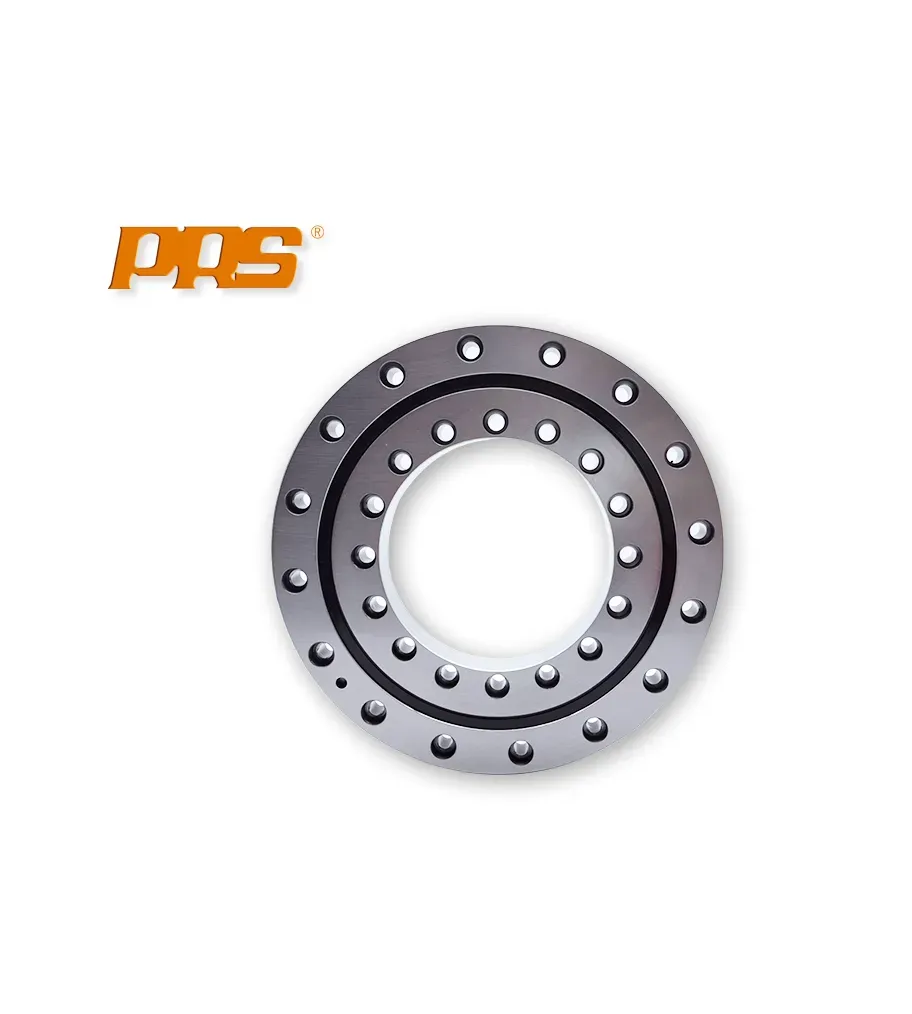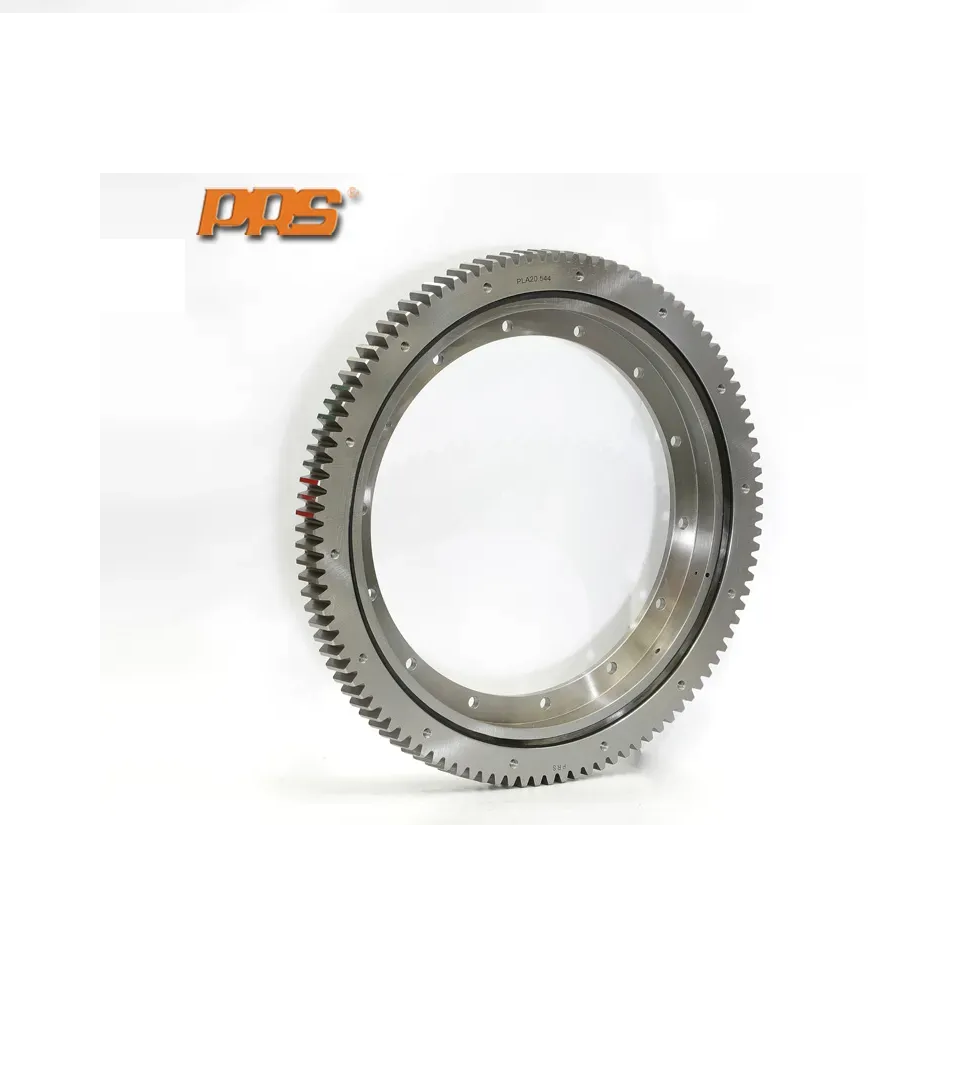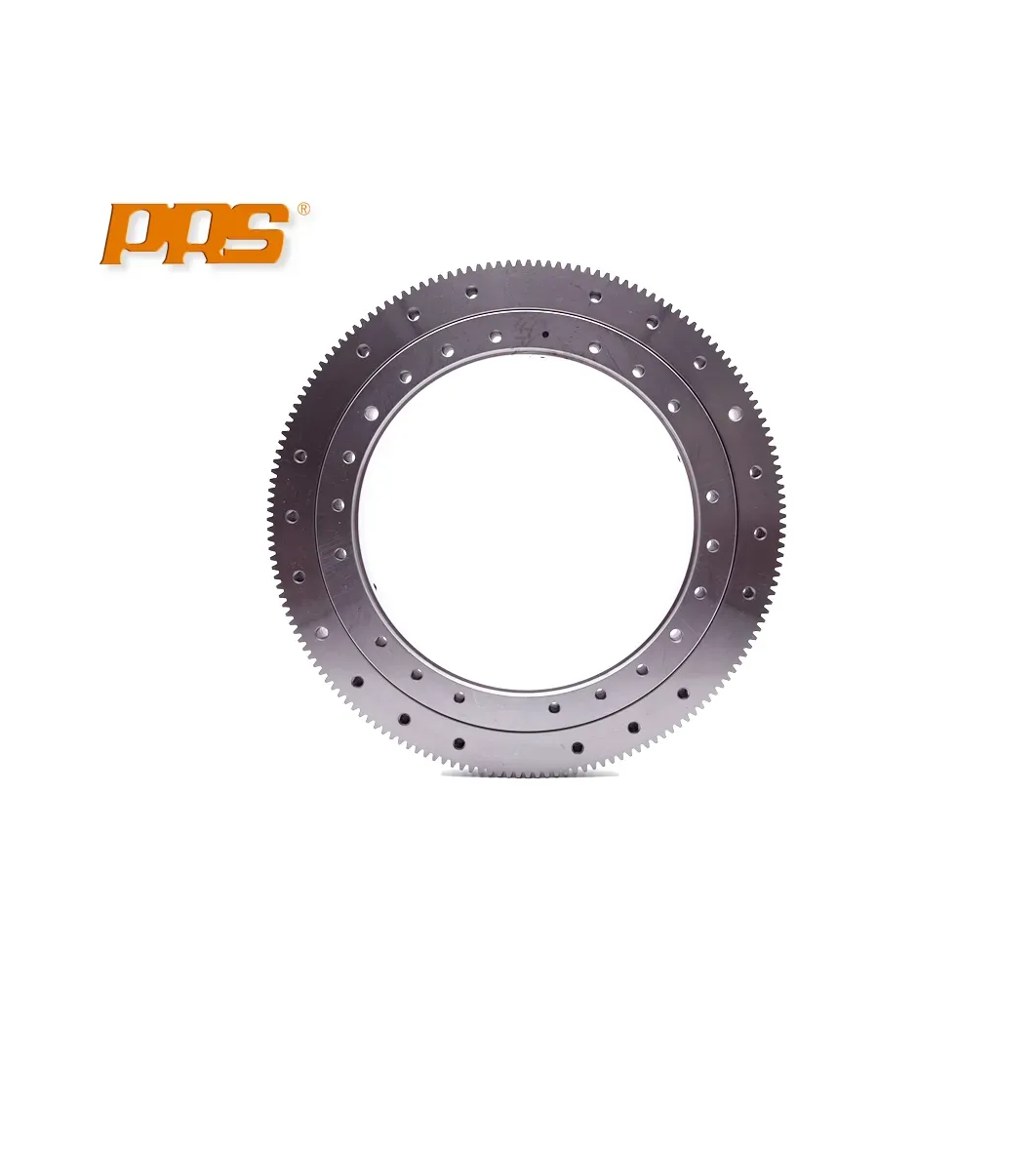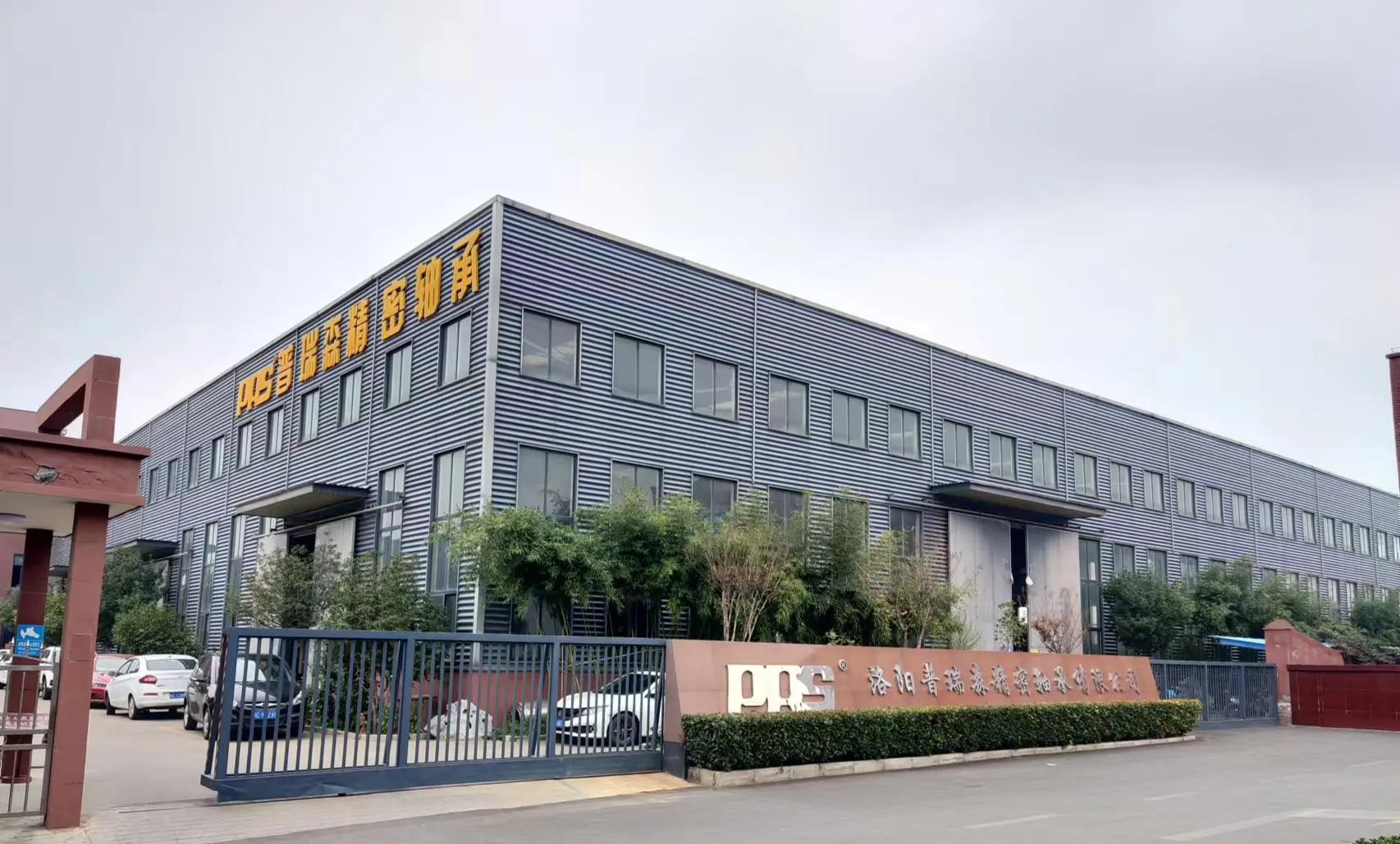Mail Us:[email protected] [email protected]
Call For Us:+86 18003790744 +86 18003790601 +86 18003797770

Mūsu rotācijas gultņi tiek pakļauti stingrām testēšanas procedūrām, kas ir izstrādātas, lai garantētu to uzticamību un veiktspēju pat ekstremālos apstākļos, atspoguļojot mūsu nepārtraukto apņemšanos nodrošināt kvalitāti un mūsu izpratni par kritisko lomu, ko šie komponenti spēlē dažādās rūpnieciskās vidēs.

## PRS nodrošina individuālus rotējošos gultņus, kas pielāgoti jūsu precīzās mašīnas precīzajām prasībām. Mūsu gultņiem ir šauri atstarpes un labākas slodzes nesošās spējas, kas garantē labāko veiktspēju un uzticamību mašīnu rīkos, kā arī robotu roku pielietojumos.

PRS vilcējraķetes ir izstrādātas, lai uzlabotu rūpniecisko rotējošo kustību efektivitāti. Mūsu liesas ļauj ātri un precīzi novietot, jo tās ir ar zemu trieciena koeficientu un augstu ātrumu, kas savukārt palielina produktivitāti materiālu apstrādes nozarē, tostarp citās nozarēs ar automatizētām montāžas līnijām.

Būdami izstrādāti PRS, lai tiktu izmantoti smagās lietošanas jomās, griešanās gultņi ir mūsu specialitāte. Lai tie labi darbotos ar krāniem, būvniecības mašīnām un atjaunojamās enerģijas sistēmām, mēs esam pārliecinājušies, ka šie gultņi viegli griežas, nesaskrienoties to svara vai citu faktoru dēļ, tādējādi nodrošinot izturību, izmantojot stiprus materiālus, piemēram, tēraudu, kas tiek ražots precīzi, izmantojot modernu tehnoloģiju, lai tas kalpotu ilgāk nekā parastie.
PRS nodrošina griešanās gultņus, kas ir ļoti svarīgi atjaunojamās enerģijas sistēmu darbībai. Mūsu gultņi ir izgatavoti, lai izturētu nepārtrauktas slodzes un vides spiedienu, ļaujot vienmērīgi griezt saules izsekošanas ierīces, kā arī vēja turbīnu pagriešanas mehānismus, kas nodrošina efektivitāti un ilgu kalpošanas laiku zaļās enerģijas risinājumiem.

Luoyang precīza precīza liesuma uzņēmums, Ltd. ir augstas tehnoloģijas uzņēmums, kasspecializējas precīzu liesumu ražošanā un pētniecībā un attīstībā,Mūsu uzņēmums aptver 15 000 kvadrātmetru platību.2003. gadā, mūsu uzņēmums ir attīstījies ātri ar 145 darbiniekiem un 35 tehniku dažādu veidu.vairāk nekā 80 miljoni juānu.
mūsu galvenie produkti, tostarp šķērscilindriski velmēšanas rulējumi, šķērscilindriski velmēšanas rulējumi, smalki sekcijas bumba rulējumi, apgriezienu rulējumi, augstas precizitātes svītrot rulējumi, utt. precizitāte var sasniegt p4, p2 līmeni. mēs esam apņēmušies sniegt"profesionāls, uzticams un stabils"produktu un pakalpojumu piegāde pasaules pircējiem.
prs liesas ir izgatavotas no augstas kvalitātes tērauda un augstākās kvalitātes polimēriem, kas nodrošina ārkārtīgi ilgu izturību un ilgtspēju.
Izstrādājot ar energoefektivitāti, prs liesas samazina triecienu un siltuma radīšanu, tādējādi samazinot enerģijas patēriņu. Tas ne tikai palīdz samazināt ekspluatācijas izmaksas, bet arī veicina ilgtspējīgāku un videi draudzīgāku darbību.
Katrs PRS liesums tiek pakļauts stingram precīzs inženierijas procesiem, kas rada produktus, kas atbilst augstākām nozares standartiem. Šī rūpīga uzmanība detaļām nodrošina perfektu pielāgošanos un neskartu darbību, samazinot noturību un pagarinot jūsu mašīnu ekspluatācijas laiku.
PRS mēs lepnojamos ar izcilu klientu apkalpošanu. Mūsu ekspertu komanda vienmēr gatava palīdzēt ar produktu izvēli, tehnisko atbalstu un pēcpārdošanas pakalpojumu, nodrošinot, ka jūs saņemsiet labāko iespējamo pieredzi ar mūsu produktiem.
## Griezes gultnis ir liela izmēra rotācijas atbalsta komponents, kas paredzēts smagu slodžu nēsāšanai un ļauj rotēt starp divām mašīnas vai struktūras daļām. Tas parasti sastāv no iekšējā gredzena un ārējā gredzena, ar rullīšiem, piemēram, lodīšu vai rullīšu, starp tiem.
## Griezes gultņi darbojas, pārvietojot slodzes caur rullīšu elementiem, kas griežas iekšējās un ārējās gredzenos. Tas ļauj nodrošināt gludu un efektīvu griešanos, vienlaikus samazinot berzi un nodilumu.
## Ir pieejami vairāki griezes gultņu veidi, tostarp lodīšu griezes gultņi, rullīšu griezes gultņi un kombinētie griezes gultņi. Katrs veids ir izstrādāts konkrētām lietojumprogrammām, pamatojoties uz slodzes jaudu, ātrumu un vides apstākļiem.
